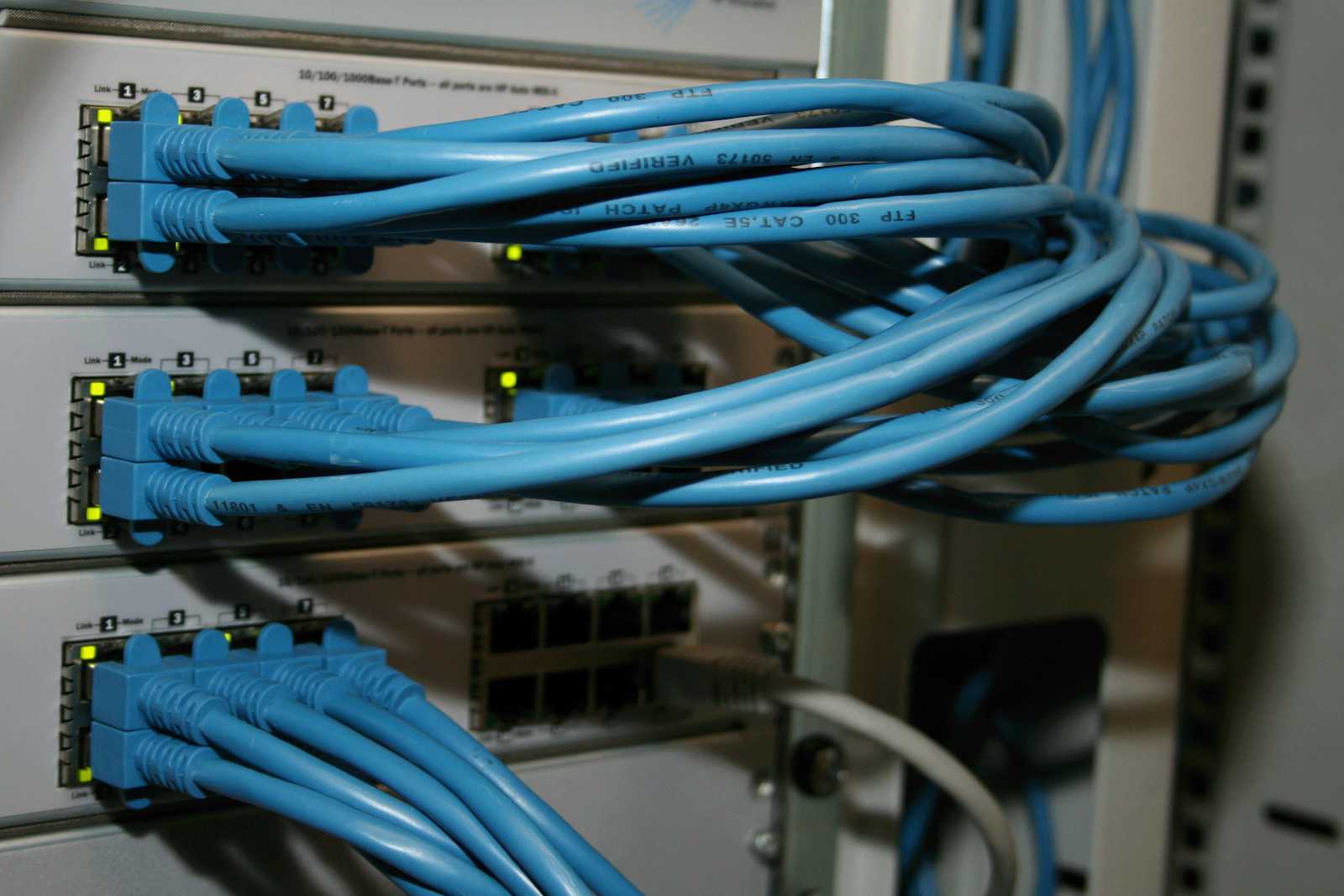How to Retrieve Client IP Address in .NET Core API behind Proxy(s)
 Nirav Soni
Nirav Soni
In this blog, let's go through how we extract Client IP addresses within a .NET Core Web API.
Proxy servers, load balancers, and other network appliances often hide information about the request before it reaches the app:
- When HTTPS requests are proxied over HTTP, the original scheme (HTTPS) is lost and must be forwarded in a header.
- Because an app receives a request from the proxy and not its true source on the Internet or corporate network, the originating client IP address must also be forwarded in a header. This information may be important in request processing, for example in redirects, authentication, auditing, and client geolocation purposes.
Whenever the client makes an HTTP Request to the server and when it reaches to the proxy, the proxy do forward these headers:
X-Forwarded-For- Holds the information about client that initiated request + Subsequent Proxies in chain of proxyX-Forwarded-Proto- Originating Schema (HTTP/HTTPS)X-Forwarded-Host- Original value of Host headerX-Forwarded-Prefix- Base path requested by the client
Out of all the above-mentioned header, the one that we're interested in for extracting the IP address is X-Forwarded-For
How does the proxy treat this X-Forwarded-For header?
Let's assume:
- Client IP address is 106.101.1.1
- Proxy IP address is 192.169.0.1 (In real world this would be dynamic but keeping it fixed for brevity)
Let's say the end user making a request to the API. The request would first reach the proxy and then in-turn would reach out end application. In this case, if we examine the value for X-Forwarded-For header, it will look something like this: ['106.101.1.1', '192.169.0.1'].
So, it is safe to say that this header contains the IP address for both the end user and the intermediary proxy(s).
If there are multiple intermediary proxies, then the Proxy would keep on adding its' IP address to this header.
Forwarded Headers Middleware in-action
.NET Core provides ForwardedHeadersMiddleware that we can use to extract the IP address. But it is of paramount importance to set the header options correctly. Let's see them in action.
Configuring Forward Headers options:
Let's understand it step by step:
Setup ForwardedHeadersOptions - By default, no headers are forwarded. So, we need to setup ForwardedHeaders to forward
X-Forwarded-ForheaderSetup ForwardLimit -
- Single-Proxy - We are not explicitly required to set the ForwardLimit to 1 since that is the default value.
- Multi-Proxy - In-case if the request routes through more than 1 intermediary proxy/load balancers, we need to appropriately set the ForwardLimit value for instructing the middleware to go the amount of depth (From Right to Left) in the IP Array as we saw above. If for example, we have
2intermediary proxies, then this value needs to setup as 2. If we do not do this, there are chances that the Middleware will set the Wrong value in the HttpContext object.
Setup KnownProxies/KnownNetworks -
- Proxy with a Fixed IP(s)
- We should use the KnownProxies property and feed that information in,
- Proxy with a Dynamic IP(s)
- We should use the KnownNetworks and feed the CIDR Range using which the Proxy's IP address would be assigned to.
- If we integrate our application with any 3rd party firewall solutions such as Imperva within our deployment architecture, we need to know the possible IP addresses through which our request would be routed through. For example, Imperva does expose its public IPs through this endpoint.
- Proxy with a Fixed IP(s)
Injecting the Forward Headers Middleware
Since we are using the built-in middleware, it is important to place the middleware correctly. Microsoft recommends running this middleware before other middleware. This ensures that if any other middleware does rely on the forwarded header information, then they can consume the correct header values for processing.
The middleware sets the value present in X-Forwarded-For header based on the option configured in the Forwarded Headers Options in this HttpContext property:
- HttpContext.Connection.RemoteIpAddress
Show me the code!
using Microsoft.AspNetCore.HttpOverrides;
var builder = WebApplication.CreateBuilder(args);
...
// Configure Header Options
builder.Services.Configure<ForwardedHeadersOptions>(options =>
{
options.ForwardedHeaders = ForwardedHeaders.XForwardedFor;
options.ForwardLimit = 1;
options.KnownProxies.Add(IPAddress.Parse("192.169.0.1"));
});
builder.AddHttpContextAccessor();
var app = builder.Build();
app.UseHttpsRedirection();
//Forwarded Headers Middleware setup
app.UseForwardedHeaders();
app.UseHttpsRedirection();
...
app.MapGet("/get-ip", (IHttpContextAccessor httpContextAccessor) =>
{
var ipAddress = httpContextAccessor.HttpContext?.Connection.RemoteIpAddress;
if (ipAddress == null)
{
return Results.Problem("Unable to determine IP address.");
}
return Results.Ok(new { IpAddress = ipAddress.ToString() });
});
app.Run();
Troubleshooting
When headers aren't forwarded as expected, enable debug level logging and HTTP request logging
using Microsoft.AspNetCore.HttpLogging;
using Microsoft.AspNetCore.HttpOverrides;
var builder = WebApplication.CreateBuilder(args);
builder.Services.AddRazorPages();
//Enable HTTP Logging
builder.Services.AddHttpLogging(options =>
{
options.LoggingFields = HttpLoggingFields.RequestPropertiesAndHeaders;
});
builder.Services.Configure<ForwardedHeadersOptions>(options =>
{
//ForwardOptions Configuration
});
var app = builder.Build();
app.UseForwardedHeaders();
// Integrate HTTP Logging Middleware
app.UseHttpLogging();
app.Use(async (context, next) =>
{
// Connection: RemoteIp
app.Logger.LogInformation("Request RemoteIp: {RemoteIpAddress}",
context.Connection.RemoteIpAddress);
await next(context);
});
if (!app.Environment.IsDevelopment())
{
app.UseExceptionHandler("/Error");
app.UseHsts();
}
app.UseHttpsRedirection();
app.UseStaticFiles();
app.UseAuthorization();
app.MapRazorPages();
app.Run();
Updating appsettings.json to enable logging from Microsoft.AspnetCore.HttpLogging namespace at Information level!
{
"DetailedErrors": true,
"Logging": {
"LogLevel": {
"Microsoft.AspNetCore.HttpLogging": "Information"
}
}
}
Sample Code
Attaching sample code for reference - here
References
If this has helped you in any means, please leave a reaction to this post and if possible ⭐ the GitHub Repository
Subscribe to my newsletter
Read articles from Nirav Soni directly inside your inbox. Subscribe to the newsletter, and don't miss out.
Written by

Nirav Soni
Nirav Soni
Constantly evolving is what makes me tick! I am a life long learner, self-motivated individual with proven leadership qualities in 8 years of experience in designing and developing software for different domains primarily using .NET stack. Throughout my career, I've had privilege to work with clients and companies of diverse nature be it by size, culture and the domain they operate in. I have a solid experience in requirement gathering, analysis, architecting and developing cloud based applications. I am a quick learner with exceptional communication skills committed to deliver timely and quality software coupled with positive attitude and team spirit. I constantly keep on educating, refining and driving myself to constantly be better at what I do I am constantly learning because I never settle I stay calm in adverse situations I focus on high-quality decisions I have worked on software with variety of domains such as People Mobility Management Healthcare BFSI EdTech I enjoy meeting and getting to know people and hearing about perspective. Reach out to me if you want to talk to me about emerging trends of software development or tech in general. Professional Strengths : Software Development | Requirement Gathering | Software Architecture | Agile Development | Product Grooming | SaaS My ToolKit : C# | .NET Core | WebAPI | SQL | Docker | Kubernetes | Serverless | Cloud (Azure, AWS) | DevOps | Terraform